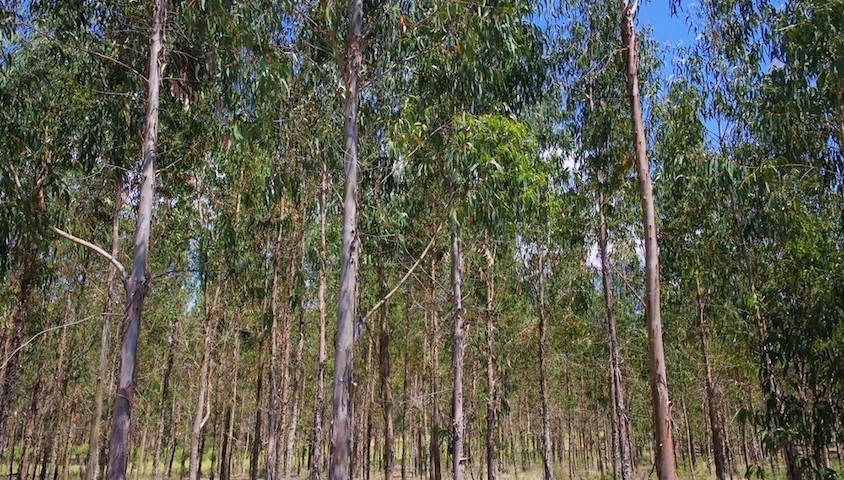Known as one of the driest places in Australia, the Nullarbor Plain was named such because of its lack of trees (from Latin: nullus, ‘no’, and arbor, ‘tree’).
However, scientists from the University of Melbourne have revealed the area was once vegetated with eucalypts, banksias and other flowering plants that are today found mostly along Australia’s east coast.
Using the latest techniques to date fossilised pollen, the researchers revealed the Nullarbor went through a phase when it was receiving up to four times as much precipitation compared to contemporary rainfall data. This ‘big wet’ took place between five million and 3,5 million years ago.
The 200,000 square kilometre area currently receives 250 millimetres of rain per annum, but during the big wet period this figure would have been as high as 1220 millimetres.
Palaeoclimate scientist Dr Kale Sniderman clarified that the region “had a relatively dry climate until five million years ago, but then the vegetation suddenly changed”.
“In just 100,000 years, it became a forest of gums and banksias, which suggests a rainfall of two or up to four times higher than today.”
The research, which has been published in Proceedings of National Academy of Sciences of the United States of America. conducted relied on the analysis of speleothems, which is a term used to describe geological formations including stalagmites, stalactites and flowstones.
Previously, scientists have been unable to date speleothems older than 500,000 years, until the paper’s co-author, professor Jon Woodhead perfected a method of dating speleothems of any age. Once these techniques became available, Sniderman was able to accurately identify and date fossilised pollen trapped within the formations.
“Through that we’ve been able to develop a new understanding of the history of the Nullarbor’s climate,” Sniderman said.


